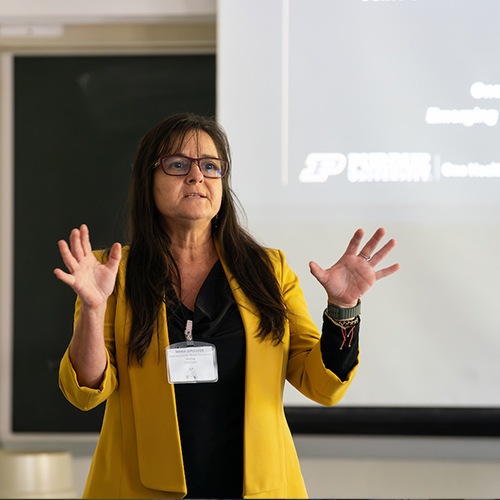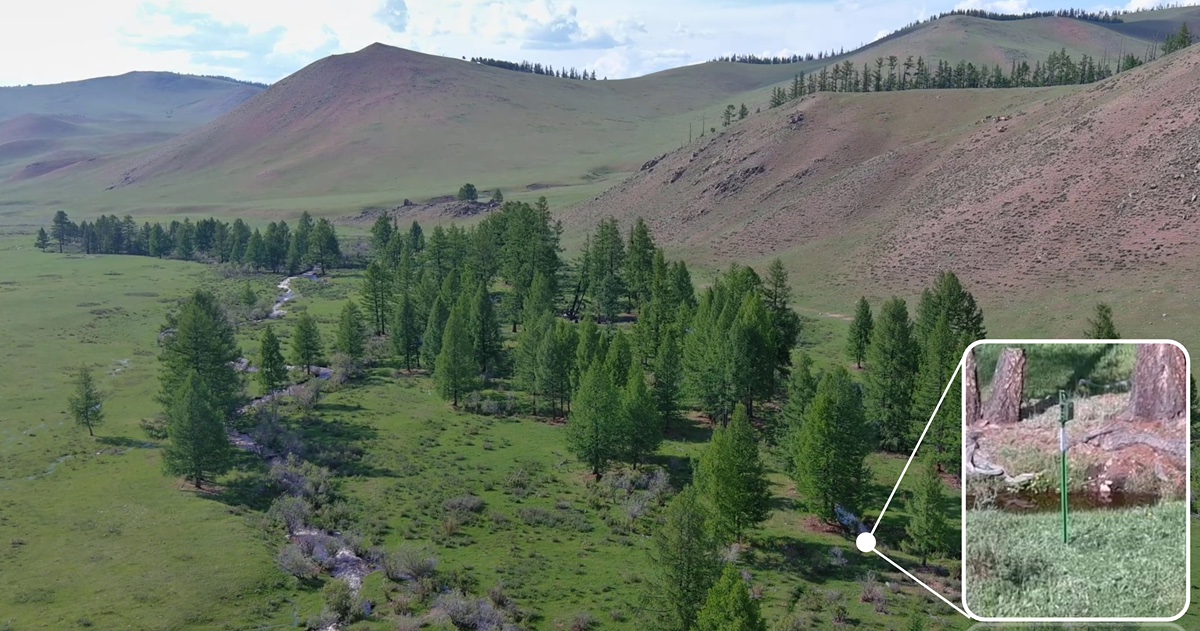Intro to Trees of Indiana: Osage Orange
The classic and trusted book "Fifty Common Trees of Indiana" by T.E. Shaw was published in 1956 as a user-friendly guide to local species. Nearly 70 years later, the publication has been updated through a joint effort by the Purdue Department of Forestry and Natural Resources, Indiana 4-H, and the Indiana Department of Natural Resources, and reintroduced as "An Introduction to Trees of Indiana."
A printed copy of the full publication is available for purchase for $7 in the Purdue Extension Education Store. The field guide helps identify common Indiana woodlot trees.
Each week, the Intro to Trees of Indiana web series will offer a sneak peek at one species from the book, paired with an ID That Tree video from Purdue Extension forester Lenny Farlee to help visualize each species as it stands in the woods. Threats to species health as well as also insight into the wood provided by the species, will be provided through additional resources as well as the Hardwoods of the Central Midwest exhibit of the Purdue Arboretum, if available. 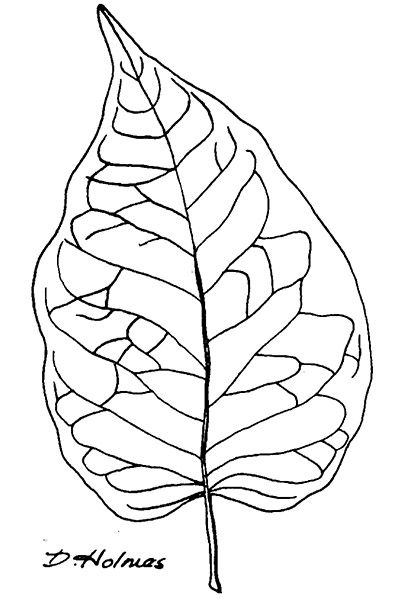
This week, we meet the Osage Orange or Maclura pomifera, also known as the hedge apple. While this species is not native to Indiana, it is found throughout the state, where it was planted for fence rows and fence post plantings due to its decay resistant wood.
The leaves of Osage orange are oval shaped with pointed tips held alternately on slender twigs. The dark, glossy green leaves have smooth margins and no lobes. The twigs will often have sharp thorns more than half an inch long that are found where the leaves emerge and where the buds are located.
The bark of this species has a light gray surface with an orange undercoloring, which is distinctly furrowed and has a somewhat fibrous appearance. Osage orange is often multi-stemmed and spreads out over a large area. 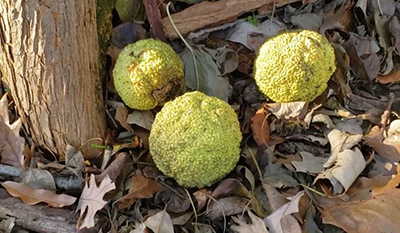
The fruit of Osage orange, produced by female trees, also is a key identifying characteristic, as it resembles a large yellow-green-colored bumpy orange or a bumpy green apple. The fruit is four to six inch in diameter and has many folds, bumps and crevices, which has led to the description of it looking like a brain. Osage oranges have a sticky, milky sap on the inside.
Osage orange trees, which grow to 20 to 40 feet tall, are found in moist, well-drained soils, but are tolerant of alkaline soil, clay, dry sites, occasional drought and flooding. The natural range of the Osage orange is Arkansas, Texas, Oklahoma and the region surrounding the Ozark mountains, although it has been planted in nearly every one of the lower 48 states.
The Morton Arboretum states that female Osage orange trees need a male tree pollinator in order to produce fruit.
Osage orange seedlings were planted close together to create an impenetrable barrier or fence before the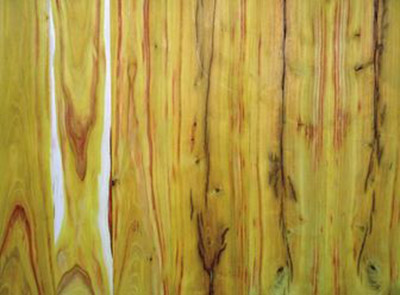 development of barbed wire. It also was utilized as a hedge-row or windbreak as part of many conservation programs in the 1930s.
development of barbed wire. It also was utilized as a hedge-row or windbreak as part of many conservation programs in the 1930s.
The wood was also used for fence posts, wagon wheel parts because of its strength, but it can be difficult to work with because of its hardness.
This species also has been used to make archery bows, musical instruments, tool handles and turnings. Osage orange is also an excellent firewood as it has one of the highest BTU yields of any native Indiana tree.
Other Resources:
Fruit Like a Brain and Wood Like Steel – Got Nature article
You Say Hedge-Apple, I Say Osage Orange!, Indiana Yard and Garden – Purdue Consumer Horticulture.
Osage Orange, The Wood Database
Hardwoods of the Central Midwest: Osage orange
ID That Tree: Osage orange
Morton Arboretum: Osage orange
The Woody Plant Seed Manual, U.S. Forest Service
Purdue Plant Doctor
Native Trees of the Midwest, The Education Store
Shrubs and Woody Vines of Indiana and the Midwest, The Education Store
Investing in Indiana Woodlands, The Education Store
Forest Improvement Handbook, The Education Store
ID That Tree, Purdue Extension-Forestry & Natural Resources (FNR) YouTube playlist
Woodland Management Moment , Purdue Extension-FNR YouTube playlist




